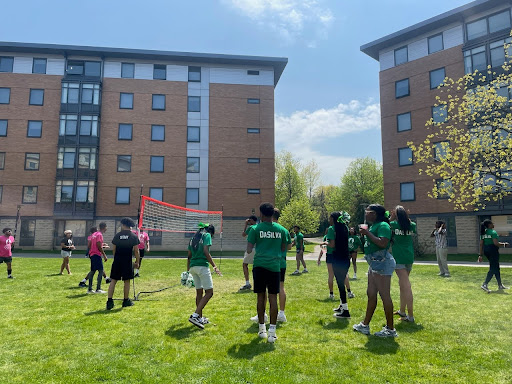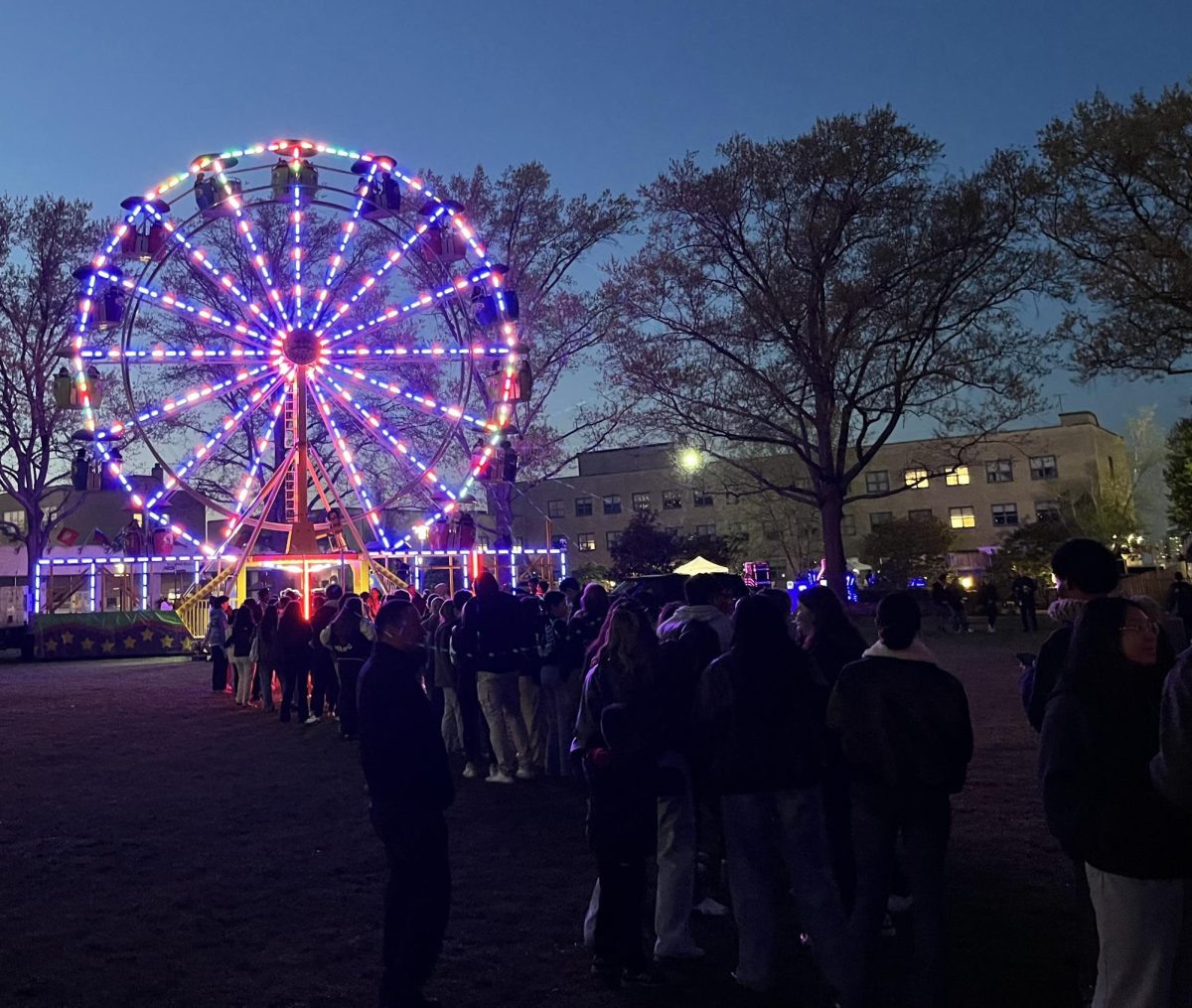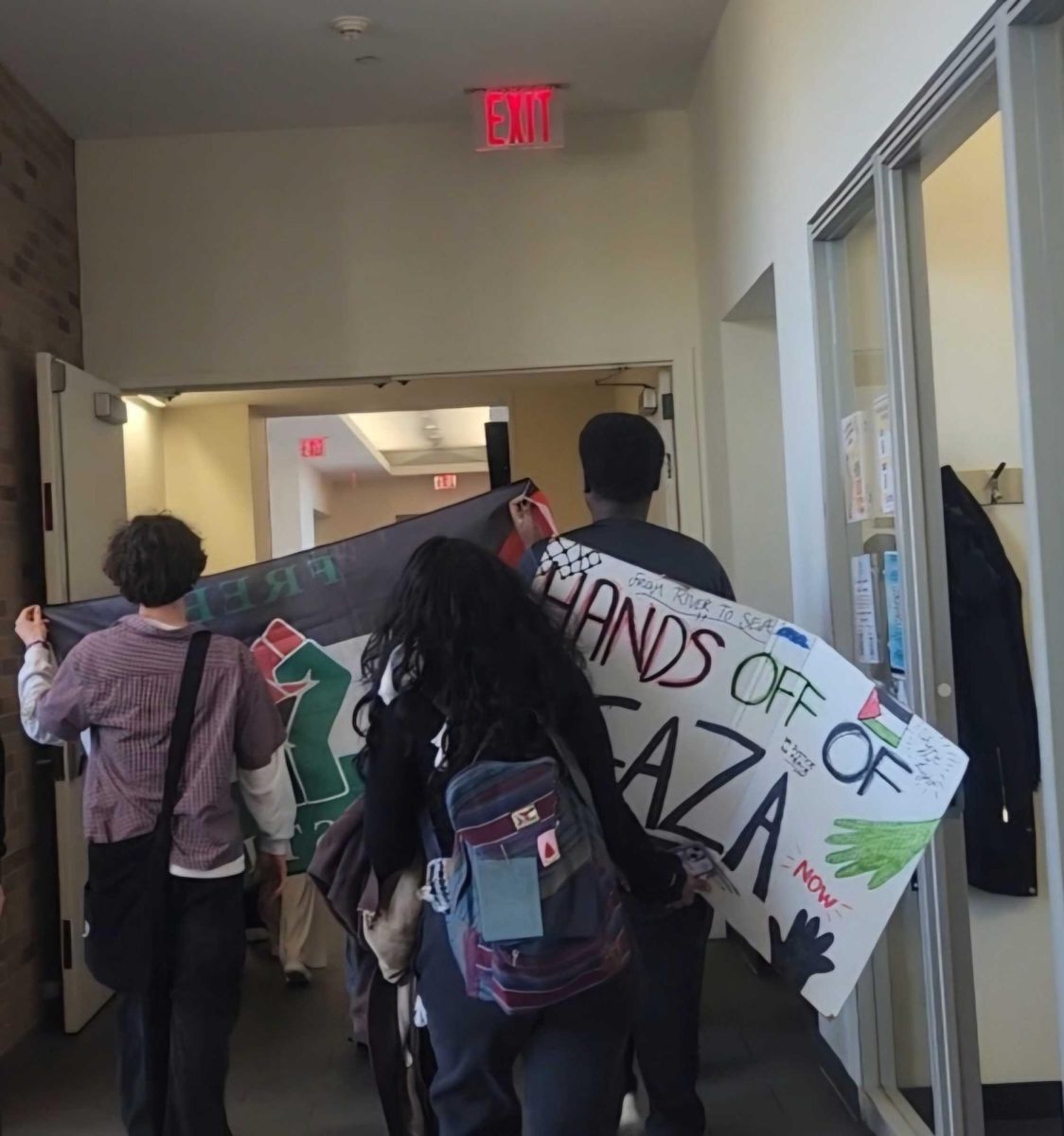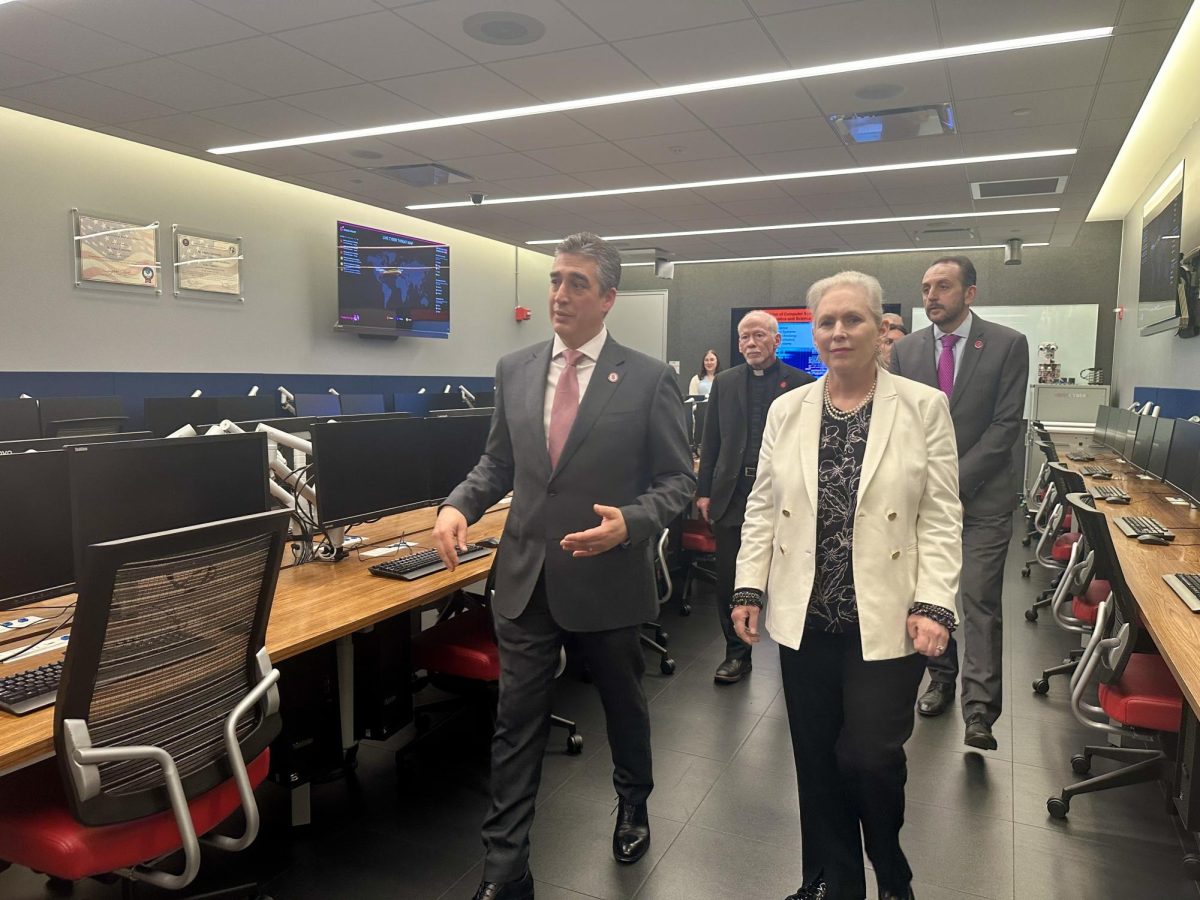Dr. Martin Chalfie delivered the 2018 Dr. Jaya Haldar Memorial Seminar, “GFP: Lighting Up Life,” in the D’Angelo Center, encouraging those in attendance to “ignore the people who say ‘this cannot be done.’”
“Many discoveries are purely accidental,” said Chalfie, who is also a professor of biological sciences at Columbia University. “If you want to make discoveries, you have to do much experimenting, because strange stuff is going to come up. And once it comes up, if you are lucky enough, you notice it, and you pursue it.”
Chalfie was awarded the Nobel Prize in Chemistry in 2008 for his discovery of green fluorescent protein (GFP).
GFP can be found in the bioluminescent jellyfish Aequoreavictoria, and its discovery has allowed researchers to visualize organelles and proteins in living cells, tissues and organisms, effectively changing the way science is studied. Throughout his lecture, he stressed the importance of tackling obstacles using unconventional methods.
During his early days of researching GFP, Chalfie’s lab was held back because his microscope was what he called “a piece of junk.”
Chalfie noted that luck plays a very important role in science, explaining that in 1992 there were at least four other labs performing similar research on GFP.
“Why did they fail and we succeed?” he asked. “I think it was because they were careful, and we were sloppy.”
He further refined this assessment by explaining that in the early nineties, there were two ways of acquiring DNA for experiments.
“If you wanted to be careful you used e-coli,” he said.
Instead, his group obtained DNA by implementing a method they were unsure of.
“Our thought was that even if it was 99 percent bad, we had that one percent chance that it could work.” Luckily, Chalfie and his group were able to beat those odds.
“Ultimately, what made GFP something that the Nobel committee noticed, were the thousands of people who used it and did things that we would never have imagined,” he said. “They made it important simply by adding their own ideas.”

















